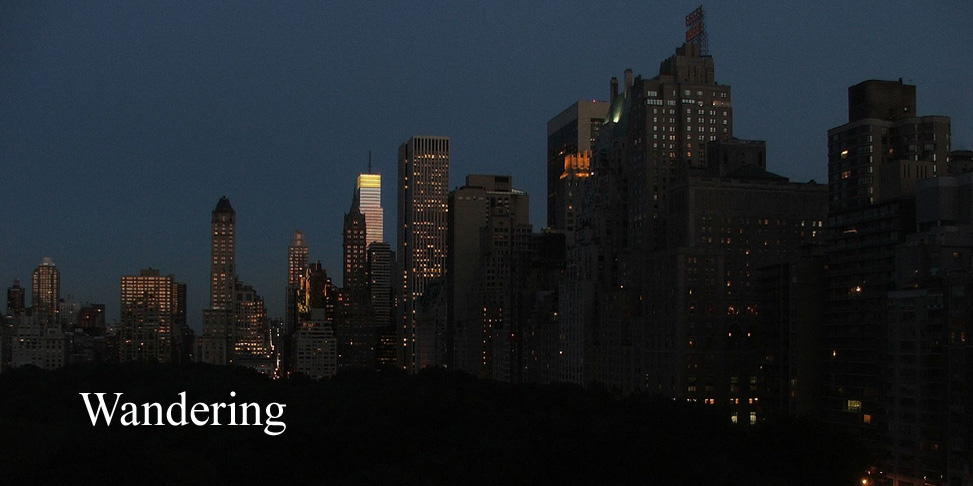I had read some reviews of concerts at Le Poisson Rouge, a new venue, founded by musicians, in Bleeker Street, New York. It is “dedicated to the fusion of popular and art cultures in music, film, theater, dance, and fine art, the venue's mission is to revive the symbiotic relationship between art and revelry; to establish a creative asylum for both artists and audiences.” Its programming is varied but includes classical and contemporary music performed by established artists.
I was eager to find out how music worked in an alternative venue, obviously at some distance from the formality of a concert hall. As it happened, the first opportunity for me to experience the venue was the result of terrible events, a concert given to benefit the victims of the earthquake and Tsunami that occurred on March 11th in Japan, by pianist Taka Kigawa. The concert also introduced me to the music of a number of contemporary Japanese composers.
I don’t know much about night clubs or cabarets but Le Poisson Rouge is definitely some such place: there are no tickets to be collected, people wait in line to be identified and marked by a rubber stamp on the hand and to be fitted with a robust paper bracelet before admission is granted. After this processing, I passed down steps, worn hollow in the centre by the ceaseless tread of drunken feet; and by the light of a flickering lamp above the door I made my way into a large very dark room with a small stage in one corner and a bar along the far wall.
Through the gloom one could dimly catch a glimpse of bodies seated in strange fantastic poses, bowed shoulders, bent knees, heads thrown back, and chins pointing upward, with here and there a dark, lack-lustre eye turned upon the newcomer. Most sat at long tables in front of the stage, behind which were tall tables surrounded by bar stools, yet to be occupied. I found a seat with a good view of the stage and the piano in a raised area furnished with settees and coffee tables. Soon all the seats were occupied and latecomers had to stand - this was a first-come, first-served partially seated event.
Mr. Kigawa grew up in Nagano currently lives in New York. He studied at Shinsyu University, Tokyo Gakugei University and The Juilliard School in New York.
The venue works very well for music. Although drinks and food are served during the performance I was only aware of this activity when consciously paying attention to it. The audience is as quiet as you would wish. And the atmosphere of the place adds an exciting new element to a recital.
There is a small stage and the Yamaha piano, while perfectly adequate, is not a concert grand. I enjoyed Mr. Kigawa’s playing and would like to have the opportunity to hear him play in a more formal setting on a larger piano.
The program included Joule by Dai Fujikura (b.1977) a student of Pierre Boulez. Haiku for Pierre Boulez by Toshio Hosokawa (b.1955), atardecer/a…retraced by Hiroya Miura (b.1975) and Crystalline by Karen Tanaka (b.1961 ). The pieces were short and overall characterised by the spare piano sounds which I associate with serial music; but, unexpectedly, Haiku for Pierre Boulez which included some striking lyrical passages, was the least Boulezian of the group. For me, it was an brief introduction to some composers I didn’t know, and it wouldn’t be reasonable to complain I didn’t hear any individual voice.
We also heard from a more familiar Japanese name, Toru Takemitsu, Rain Tree Sketch II (In memorium of Olivier Messiaen).
The generous program also included more familiar works from Mr. Kigawa’s repertoire:
Chopin’s Ballade in F minor Op. 52 and Prelude in C-sharp minor Op. 45
Debussy’s Images, Book I
Ravel’s Pavane pour une Infante defunte
Stravinsky’s: Trois Mouvements de Petrouchka.
Altogether, Mr.Kigawa played for over two hours without a break; and even added some encores, ending with a peaceful rendition of Bach’s C major prelude which somehow reflected the sad events which led to the concert being given.







No comments:
Post a Comment